The National Contact Lens Examiners has created an exam to assess the optician’s understanding of modern standards of lens practice. The NCLE categorizes contact lens dispensing tasks into 5 broad groups. In general, an optician should be able to prefit and assess contact lenses, evaluate diagnostic fit, dispense lenses and educate clients, conduct follow-up clinic visits, and perform administrative tasks. The content that follows is intended to give you a better idea of the specific details that must be understood for each category.
1) Prefit and Assessment
The most important part of dispensing contact lenses is understanding the needs of the customer. Opticians need to know how to determine if a customer is a good candidate for contact lenses through oral interviews and review of past documents. Once the optician has determined that a customer is a good candidate for contact lenses, they must then obtain measurements that will give them a better idea of the initial contact lenses that should be selected. All information gained during this process should be entered into the customer’s record.
An important aspect of creating an enjoyable contact lens experience is patient education. Good opticians are able to gather information about a customer’s visual and physiological needs so that they can recommend the appropriate lens wear options. The feedback that the customer provides is an important factor in selecting the correct lens material and design. Customer’s appreciate when the optician takes time to understand their unique experiences and product preferences before recommending a specific lens. This shows the customer that the optician is genuinely concerned for the well-being of the customer.
2) Diagnostic Fit and Evaluation
Following the initial lens evaluation, an optician must be able to insert a diagnostic lens in order to assess comfort and visual performance. Feedback, provided by the customer, is extremely important during this process and they will let the optician know if a different lens needs to be selected. The optician needs to be capable of interpreting the information that the customer provides in order to make the appropriate adjustments. Once the perfect lens has been found, the optician needs to be able to document design specifications and place the order with the lens manufacturer or laboratory.
3) Lens Dispensing and Patient Education
Once the lens order has been received, an optician verifies that the lenses received match the lenses ordered. Lenses that match the specifications can be dispensed while those that require changes are sent back. During the dispensing process, the optician will educate clients on proper wear and care. It is during this time that the client should be encouraged to practice inserting the lenses. Those new to contact lenses may find it difficult to insert them and may need some coaching to learn how. Follow-ups are scheduled as needed.
4) Follow-Up Visits
Customers may need some time to get used to wearing contacts and to identify issues that they may not have noticed during the fitting and dispensing stages. Follow-up visits are designed to provide an additional opportunity for customers to give feedback and express dissatisfaction. During the follow-up visit, an optician should be capable of assessing the lens fit and determining the affect on visual acuity. The follow-up visit is a unique opportunity to modify lens design, reassess lens material, and alter the recommended lens care regimen.
It is important to emphasize the need for customer education at each stage of the contact lens fitting and dispensing process. It is not enough to just gather customer feedback. The optician must be very good at communicating the rationale behind making changes. Ultimately, it is the customer’s decision on which actions are taken. The role of the optician should be that of a trusted adviser and facilitator. Once the customer has agreed to the changes, the new lenses should be assessed for comfort and performance. Additional follow-up visits can be scheduled as needed. All customer interactions and decisions should be documented in the customer’s chart.
5) Administrative Procedures
Some optical employers expect their opticians to perform administrative tasks. While this is not true for all employers, it is important to understand that part of the NCLE Exam does assess an optician’s understanding of such tasks. Opticians should be familiar with inventory management and how it affects office efficiency. An inefficient office results in long waiting periods for customers. Proper inventory control can have a dramatic impact on reducing waiting times and making customers happy.
Additional administrative responsibilities include proper aseptic lens control, instrument cleanliness, and employee hygiene. Federal standards mandate that offices maintain a clean environment for the protection of both employees and customers. Finally, an optician must understand their professional boundaries and must know when it is appropriate to refer specific tasks to other, more qualified professionals. Ethical, legal, and professional guidelines must always be followed in order to protect the employer, the optician, and the customer.
Similar to the ABO Examination, the NCLE Examination covers a broad range of topics that provide a comprehensive assessment of an optician’s competence. All opticians, regardless of their education and training, should be familiar with the topics outlined above. If you are planning to take the NCLE Exam, it is important to review areas where you think you might be weak prior to exam day. This is particularly true for opticians who work in unregulated states and who may not have received training in all the areas that will be tested.

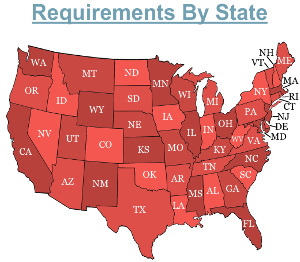
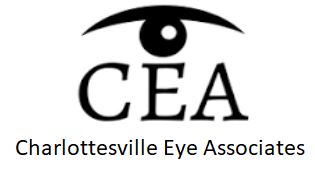
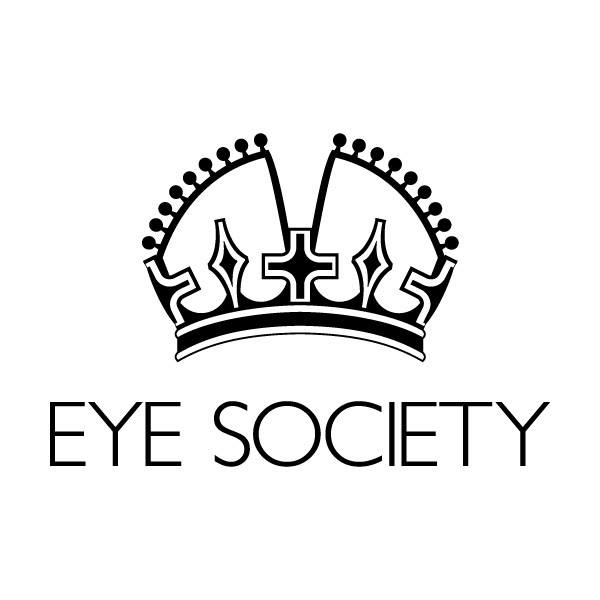

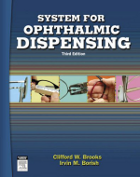
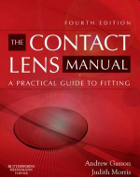
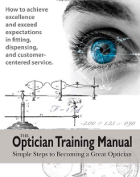
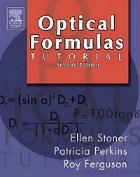
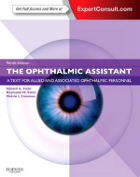
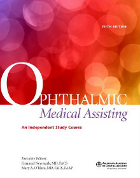
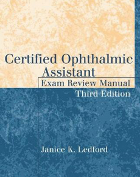
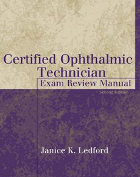
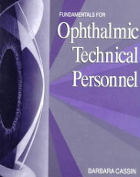
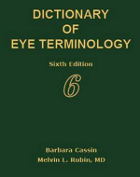
I am planning to take the NCLE exam in May. Where can I find the ANSI standard for contact lenses? Thank you!
Maggie,
You can find information about ANSI Standards on the National Academy of Opticianry website.
Iam taking the ncle test in may 2017. Im in need of the formula to figure out the vertex distance in contacts. Unfortunately, it is not in my study book. Please help. Thank you